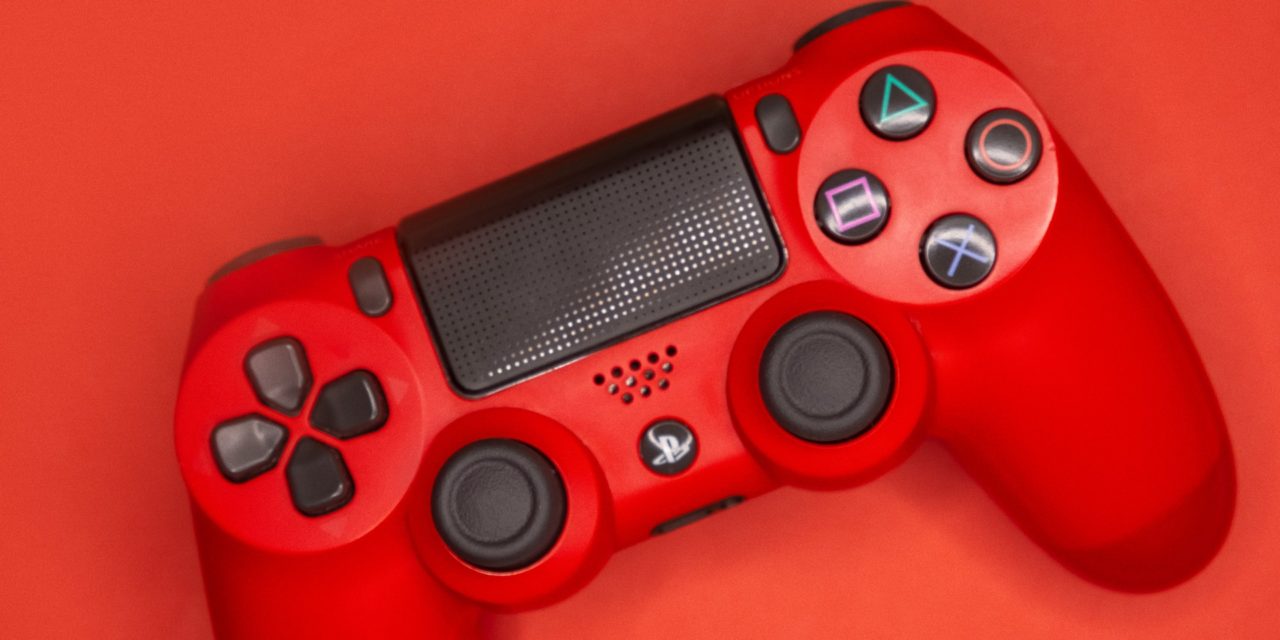[ad_1]
Call of Duty makers finally found an answer to a growing problem in the COD franchise. The only revenue a company used to collect from creating a video game was through initial sales of the game itself. Call of Duty games have traditionally been released in November, right before the holidays. Activision and other COD makers would see a huge boost in sales at the end of every year, but that's it. So how can video game makers keep squeezing money from players during the entire year? The answer: supply drops.
First introduced in Advanced Warfare in 2014, supply drops allowed the gamer to play a lottery to “win” better weapons, cooler camos, and stylish virtual gear. Sledgehammer Games, the creator of AW, put this feature in the game as an added bonus to players who either played the game a lot (and earned ‘keys' to open supply drops with each match played), or spent actual money on “COD Points”. Each opening of a supply drop yielded three items of various rarity. Players could use their virtual ‘keys' or COD points to open a common (smaller chance of getting a rare item) or a rare (larger chance of getting a rare item) supply drop. With each opening, players received items to further customize their character or weapon to show off to their friends… and that's why supply drops were so successful (and honestly, quite brilliant). The video game creators tapped into the competitive and somewhat immature minds of gamers. Players could now circumvent the arduous task of getting 250 headshots to get a rare camo by purchasing more COD points. It took time and skill out of the equation in exchange for money. Thus, cash came pouring in.
Supply drops became so successful that Treyarch and Infinity Ward, the creators of Black Ops III and Infinite Warfare respectively, continued with trend. Call of Duty franchise makers could now continue to earn revenue throughout the life of the game, instead of just when a person buys the game at the store. According to Activision's Q4 2016 earnings call, the company made an additional $3.6bn through in-game content sales (mostly from COD: Black Ops III and Overwatch). That's unbelievable!
Some gamers might say that supply drops are ruining the game, however. I happen to agree – especially for the newest CoD game, Infinite Warfare. In Infinite Warfare, weapon variants, or different (and statistically better) versions of guns, make playing public matches much more frustrating. For example, the Erad used to be one of my favorite guns in the game. I played with the common (base) variant, and I was pretty good with it… until I came face-to-face with a player who had the legendary (rarest) variant of the gun – called the ‘cyclopean'. It literally shoots a LASER BEAM instead of regular bullets. I didn't stand a chance. I was insta-killed time and time again by the same player. I became so frustrated with this one match that I ended up not using my Erad stock variant ever again. I knew that if I wanted a chance of winning gun battles, I needed legendary weapon variants, which are quite difficult to come by without opening supply drops.
Supply drops are a hot topic in the Call of Duty community. They have been wildly successful for the video game creators, as cash has never been more abundant; however, they give an unfair advantage to players who spend the most money. I like the old days of CoD4 where the only way to get the rare camos, was to play the game and hone your skill, not by buying your way to rarer items.
[ad_2]
Source by James Barone

